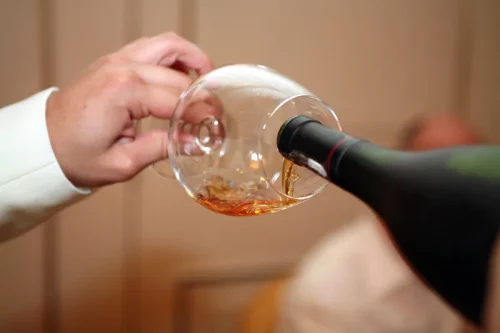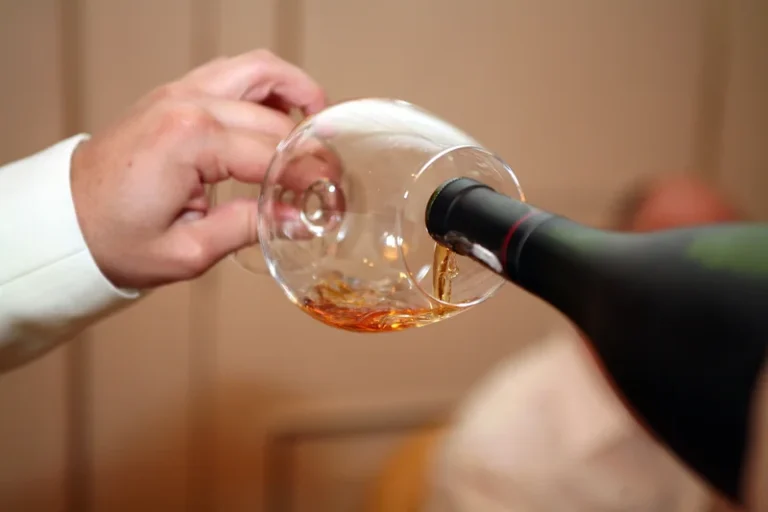
While treating ALD it is important not only to abstain from alcohol but also become conscious of other factors that could affect the liver. However, eligibility may depend on being abstinent from alcohol for a specific length of time. Many people with ALD are malnourished (lacking proper nutrition) due to a variety of factors, such as lack of eating, vomiting, and malabsorption (difficulty absorbing nutrients from food).
Initial Treatment for Early Alcoholic Liver Disease
Alcohol and unexplained bruising could point to liver damage from drinking. Easy bruising and bleeding are signs of cirrhosis, which is a serious liver disorder. This condition has a high mortality rate and is not reversible. To determine the cause of easy bruising, your healthcare provider will conduct a physical examination and review your symptoms, medical history, and any medications you are taking. Newborns often have very low levels of vitamin K, which are insufficient to stop bleeding. Without a vitamin K injection at birth, babies may bruise easily or bleed excessively.
What It Means When You Bruise Easily

Symptoms of anemia can be severe fatigue, dizziness, or shortness of breath, so watch out for these and see a doctor to get your iron levels tested if you think something’s up. FYI, people with heavy periods and those who are pregnant or breastfeeding are more prone to an iron deficiency, according to the American Society of Hematology. Most commonly, easy or alcohol and bruising excessive bruising occurs because the skin and blood vessels are fragile.
How is easy bruising diagnosed?

Learn the answer, as well as how to get help with medication assisted treatment for alcohol use, below. A deficiency is rare but can occur in newborns, who are typically given a vitamin K injection at birth to prevent a deficiency. Alcoholic fatty liver disease appears early on as fat deposits accumulate in the liver. People who consume four to five standard drinks per day over decades can develop fatty liver disease. You may get a bruise from a bump or injury to the skin or the tissues beneath the skin. Since the skin isn’t cut or broken, you won’t see external bleeding.
- To find the cause of your bruising, your health care provider will likely do a physical exam and ask questions about your symptoms and medical history.
- Plus, you’re more susceptible to an accidental fall or bump after you’ve been drinking, anyway.
- Instead of causing blood clots everywhere, platelets and clotting factors are quickly used up and bleeding occurs.
- They may also develop large bruises after minor injuries or have bruises that take many weeks to heal.
- Easy bruising may also run in families, so individuals whose relatives bruise easily may notice that they do too.
- When some of these factors are lost or dysfunctional your body will not be able to fix these micro-bleeds and they will turn into bruises.
You may have a history of significant bleeding or bruising after surgical procedures. This may indicate that your easy bruising is a symptom of some kind of bleeding disorder. If you’re getting unexplained black-and-blues on the regular, it could be because of weakness in your capillaries — those small, branching blood vessels throughout the body.

low blood platelets but other results normal

People have excessive bleeding into deep tissues such as muscles, joints, and the back of the abdominal cavity, usually following minor trauma. Bruising or bleeding after an injury is normal (see also How Blood Clots). However, some people have disorders that cause them to bruise or bleed too easily.
What can happen to your liver if you drink too much alcohol?
When you drink, different enzymes in your liver work to break down alcohol so that it can be removed from your body. People with hemophilia often bleed into their joints or muscles. Most often, bleeding is minor, but it can be severe enough to be life-threatening. However, even minor bleeding is dangerous if it occurs in the brain. It’s also important to be aware that unexplained bruising may be a sign of domestic violence or assault. Healthcare professionals are required by law to ask you questions to make sure you’re safe in your domestic situation.
liver enzymes
- Corticosteroids thin the skin, making it easier to bruise.
- Ecchymosis (pronounced eh-kuh-mow-sis) is the medical term for a bruise.
- But a serious bruise is more likely to be large, painful, swollen, or lumpy.
- While some people may have just a drink or two on special occasions, people with an alcohol use disorder may lose control of their drinking, and consume ten or more drinks, for example.
- This process, called disseminated intravascular coagulation (DIC), can be triggered by many conditions, including severe infections, severe injury, labor and delivery, and certain cancers.
- Adults with low vitamin K levels may also notice a sudden increase in bruising.
You will likely see some discolored skin until the bruise completely heals. But a serious bruise is more likely to be large, painful, swollen, or lumpy. Go to the ER right away if you get a bruise (sometimes called a “goose egg”) on your head and can’t remember what happened or think you’ve got a concussion. People who run regularly may get something called a stone bruise (metatarsalgia). This is swelling and tenderness where your toe bones connect on the bottom of your foot.

A doctor can perform tests to see whether a person has a vitamin deficiency. In other cases, an underlying health condition, such as inflammatory bowel disease, may need addressing. They may also develop large bruises after minor injuries or have bruises that take many weeks to heal. Some people bruise more easily than others, and the bruising can take longer to heal.

